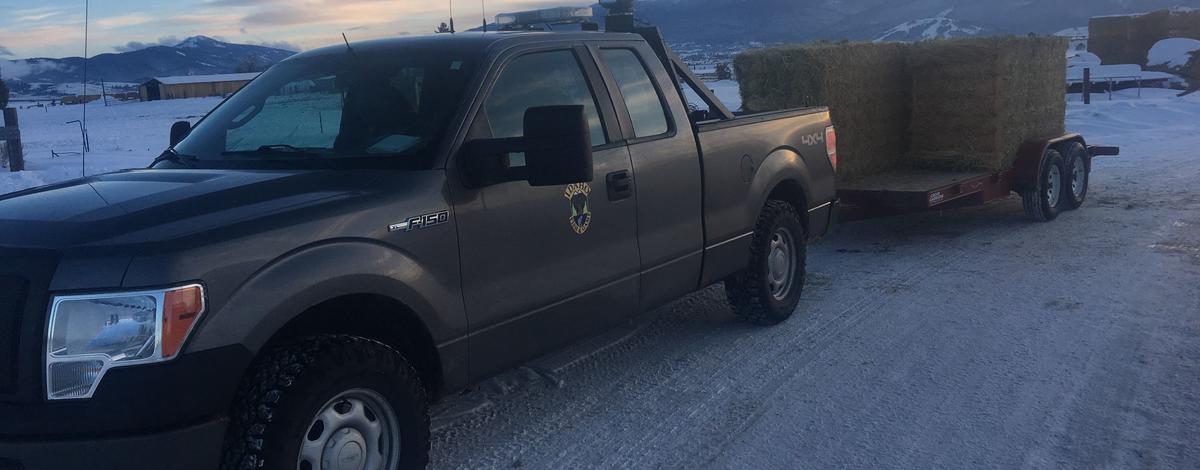History
The Southeast Region has significant history of winter feeding and has an active Winter Feeding Advisory Committee. Members of the WFAC include:
- Eric Hancock, Pocatello, 208-242-9365
- David Priestley, Preston, 339-0227
- Dennis Caywood, Montpelier, 847-1386 or 847-2119
- Sid Cellan, Soda Springs, 390-7057
Feb. 6, 2017 status report
The southeast region continued adding feed sites last week. The trend of the past month of below average temperatures finally broke at the end of the week and some melting has started. The record levels of moisture, however, are forecast to continue. We are hopeful that the melting will allow us to push animals that remain in problem areas to more suitable locations to either be fed or forage. All regional programs – habitat, fisheries, enforcement, administration, etc. have been stepping up to help with the massive winter feeding endeavor.
WMA Emergency Closures: The Portneuf, Georgetown Summit, and Montpelier Wildlife Management Areas are CLOSED to all recreational entry to protect wintering wildlife until April 1.
Who Do You Call About Feeding Deer and Elk? Unauthorized winter feeding is not advised due to the problems it can create for animals, people, and habitat. See articles and information about the emergency winter feeding program in Idaho’s southeast region. Unauthorized feeding of elk in counties that border Wyoming is unlawful per Idaho Department of Agriculture rules due to concerns with transmission of Brucellosis to livestock. If you have concern for wintering wildlife in your area, please contact your local representative of the Winter Feeding Advisory Committee or the Idaho Department of Fish and Game.
PLEASE DO NOT VISIT FEEDING SITES Wintering wildlife need to be disturbed as little as possible so that they can maintain as much of their fat/energy reserves as possible. Snowmobiles and other motorized vehicles, antler hunters, cross country skiiers, sightseers, etc. move animals with their outdoor activities, even driving them from feed sites. Furthermore, most feed sites are located on private property.

